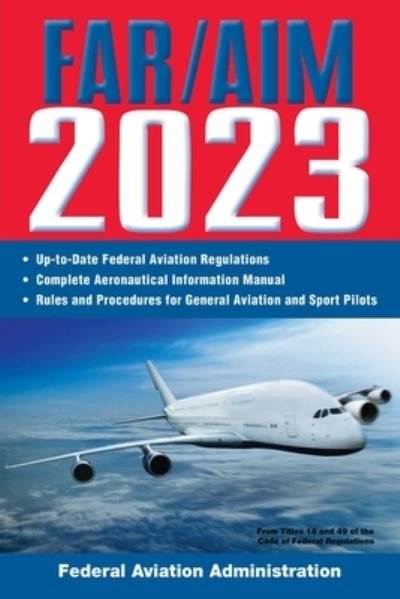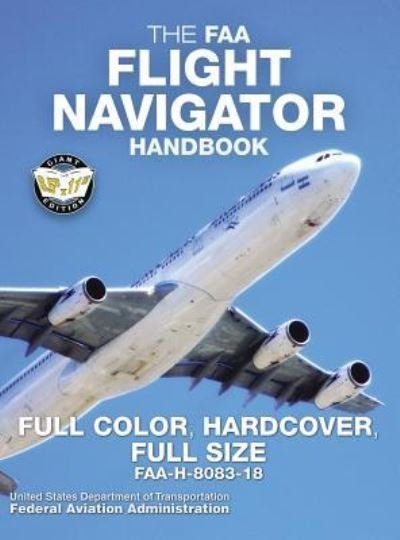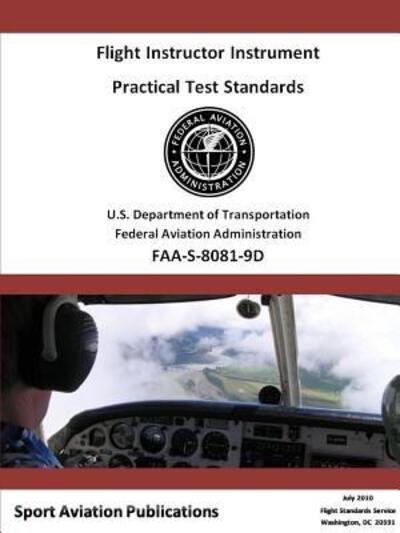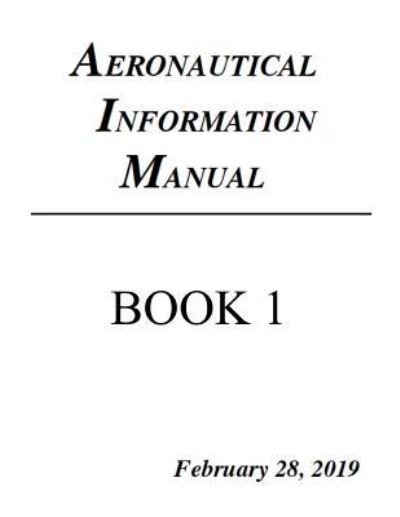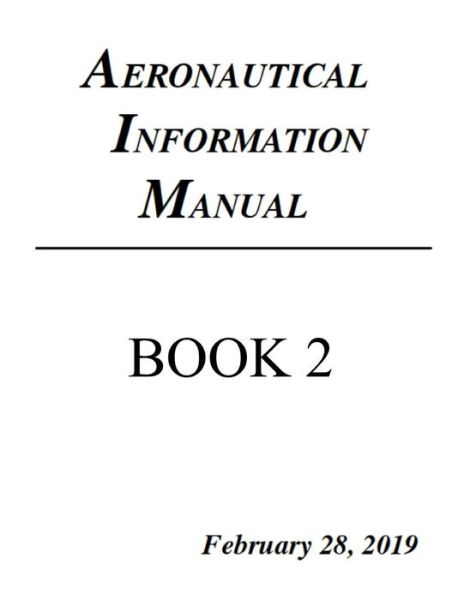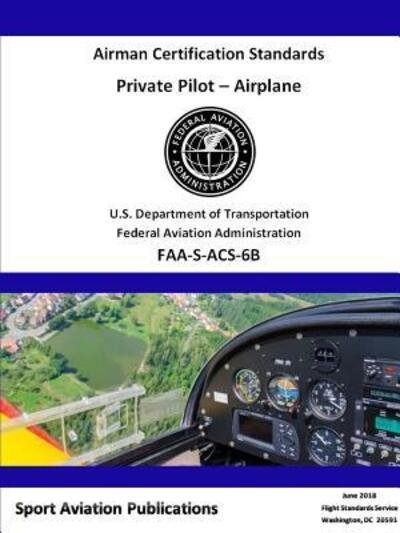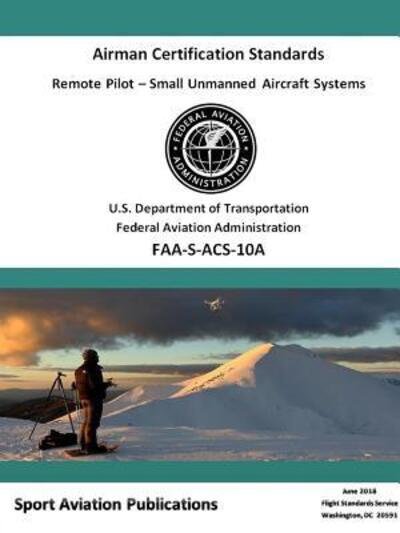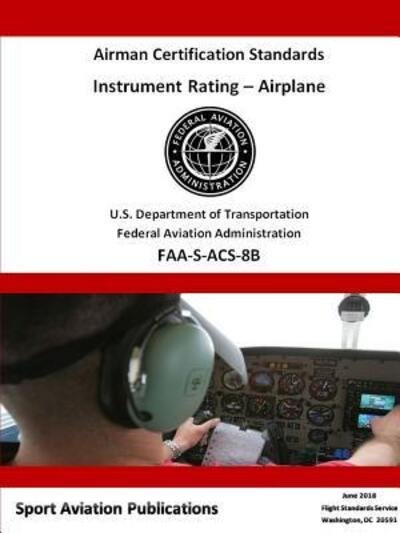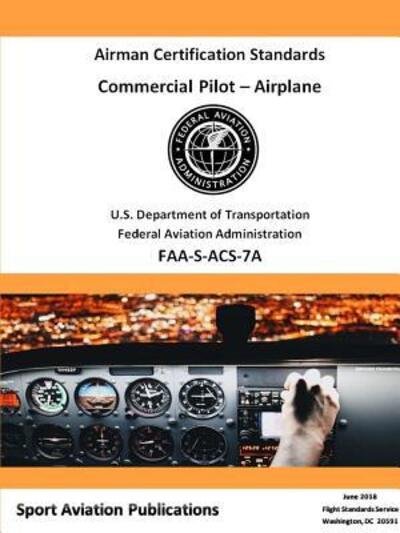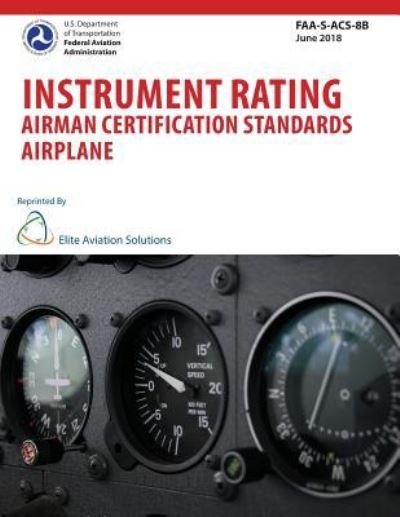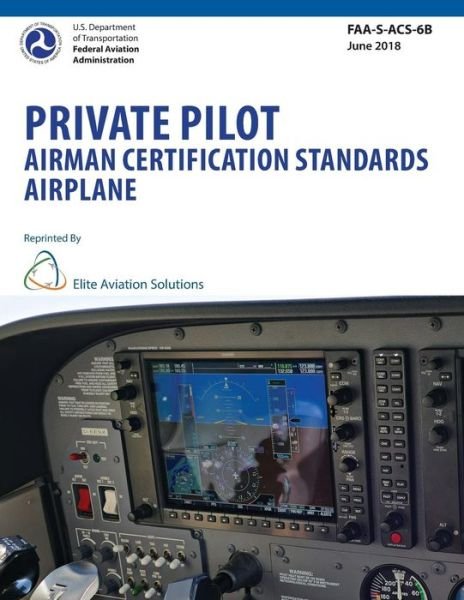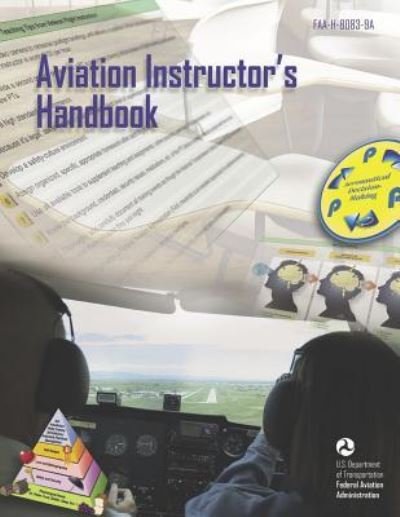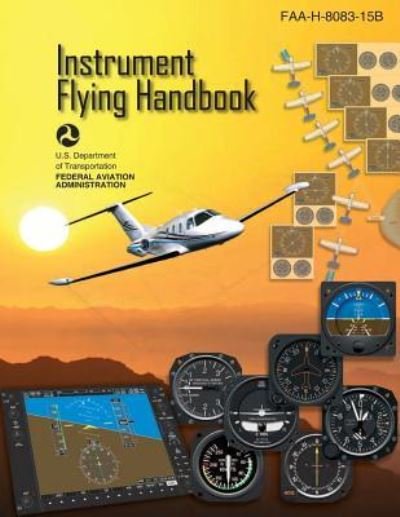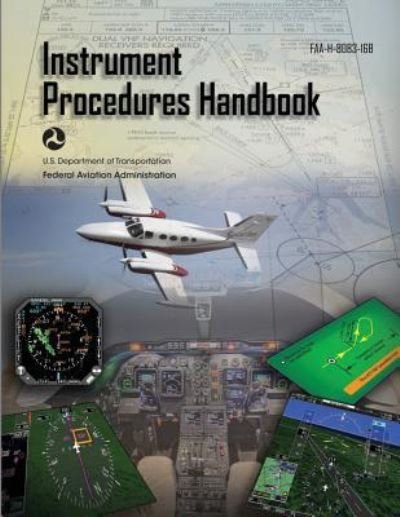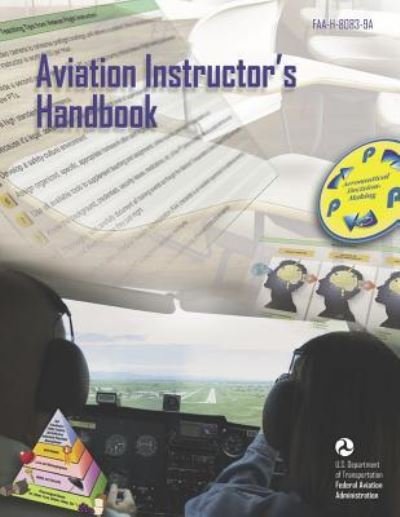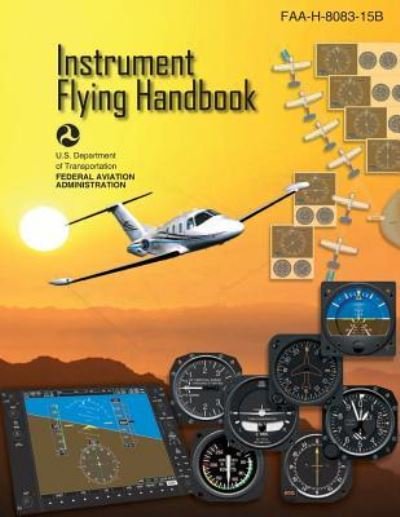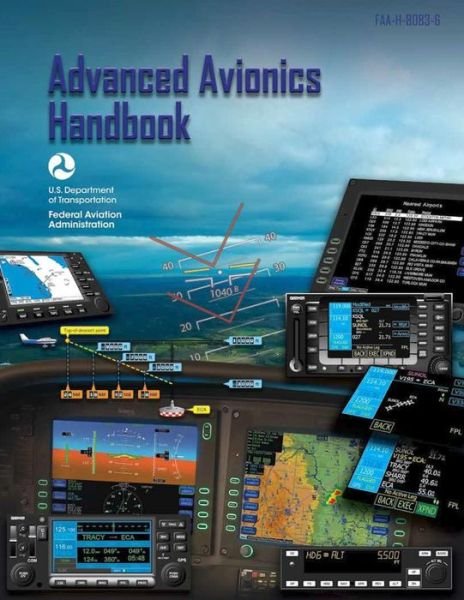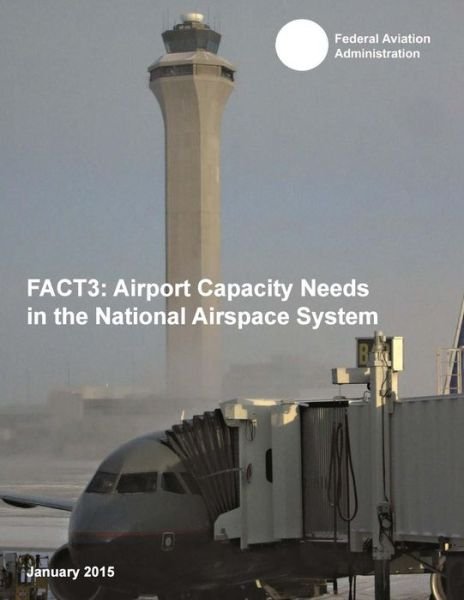
Conte aos seus amigos sobre este item:
Fact3: Airport Capacity Needs in the National Airspace System
Federal Aviation Administration
Fact3: Airport Capacity Needs in the National Airspace System
Federal Aviation Administration
Publisher Marketing: In 2003, FAA convened a team to assess the Nation's future airport capacity needs. This effort, which became known as the Future Airport Capacity Task (FACT), represents a strategic approach to identify the airports that have the greatest need for additional capacity in the future. The identification is based on a macro-level analysis of the factors and trends contributing to congestion and delay at the busiest airports in the Nation. By embarking on this initiative, FAA seeks to ensure that the long-term capacity of the U. S. aviation system can adequately serve future demand. The team is led by the Office of Airports (ARP) and includes active participation from the Air Traffic Organization (ATO) Capacity Analysis Group and the MITRE Corporation's Center for Advanced Aviation System Development (CAASD). The FAA's Office of Aviation Policy and Plans (APO) and the NextGen office (ANG) are also involved in the conduct of the studies. The first report in the series, commonly known as FACT1, was published in 2004 and identified shortfalls in the system through 2020. This study was the first top-down review of the busiest commercial service airports in the Nation. The report's findings supported the need for a substantial number of major airport capacity projects nationwide. After considering all planned improvements at the time, 18 airports were projected as needing additional capacity by 2020. An updated report, FACT2, was published in 2007 to identify shortfalls through 2025. FACT2 included a more transparent methodology and refined analytical methods. Fourteen busy hub airports located in the Nation's most populated regions (such as the Northeast Corridor and California coast) were projected to be capacity-constrained in 2025 even with completion of all planned improvements, as then contemplated. Notably, the report also reaffirmed that key runway projects would allow several hub airports to reduce delays and continue growing; this supported the completion of five new runways that have been commissioned at hub airports since the report's publication. The report provided an initial look at capacity benefits from the Next Generation air traffic control (ATC) system, better known as NextGen. The FAA's investment in NextGen began in 2007. The graphic following the Administrator's letter provides a comparison of the FACT1, 2, and 3 report results. All of the FACT reports have begun with a broad sampling of several hundred commercial service and busy general aviation airports nationwide. From this initial step, a smaller number of airports are identified for more detailed study. Both FACT1 and FACT2 evaluated capacity and delay at 56 airports, including the 35 airports that were part of the now completed Operational Evolution Plan (OEP). FACT3 conducted a more detailed evaluation of 48 airports, including the 30 Core airports that FAA currently tracks as a measure of system performance in the National Airspace System (NAS). Since the publication of FACT2, the aviation industry in the United States has continued to rapidly evolve. Due to the Great Recession and volatile (often higher) fuel costs, airlines have emphasized better ticket yields, fees, and load factors, rather than improved market share as a strategy for profitability. Airlines have consolidated through mergers and have increasingly focused their connecting operations at major hubs. While the use of 50-seat regional jets (RJ) has grown substantially during the last decade, these aircraft are now leaving the fleet due to their higher fuel costs and upcoming major maintenance cycles. Airlines are replacing these smaller RJs with larger RJs and narrow-body aircraft, enabling airlines to accommodate passenger growth but with fewer operations. Collectively, these factors have resulted in relatively flat traffic growth over the last few years. Contributor Bio: Federal Aviation Administration The Federal Aviation Administration is the government agency that regulates and sets procedures for the aviation industry.
| Mídia | Livros Paperback Book (Livro de capa flexível e brochura) |
| Lançado | 31 de março de 2015 |
| ISBN13 | 9781511527057 |
| Editoras | Createspace |
| Páginas | 42 |
| Dimensões | 216 × 279 × 2 mm · 122 g |
Mais por Federal Aviation Administration
Ver tudo de Federal Aviation Administration ( por exemplo Paperback Book , Hardcover Book e Book )

 Presentes de Natal podem ser trocados até 31 de janeiro
Presentes de Natal podem ser trocados até 31 de janeiro


